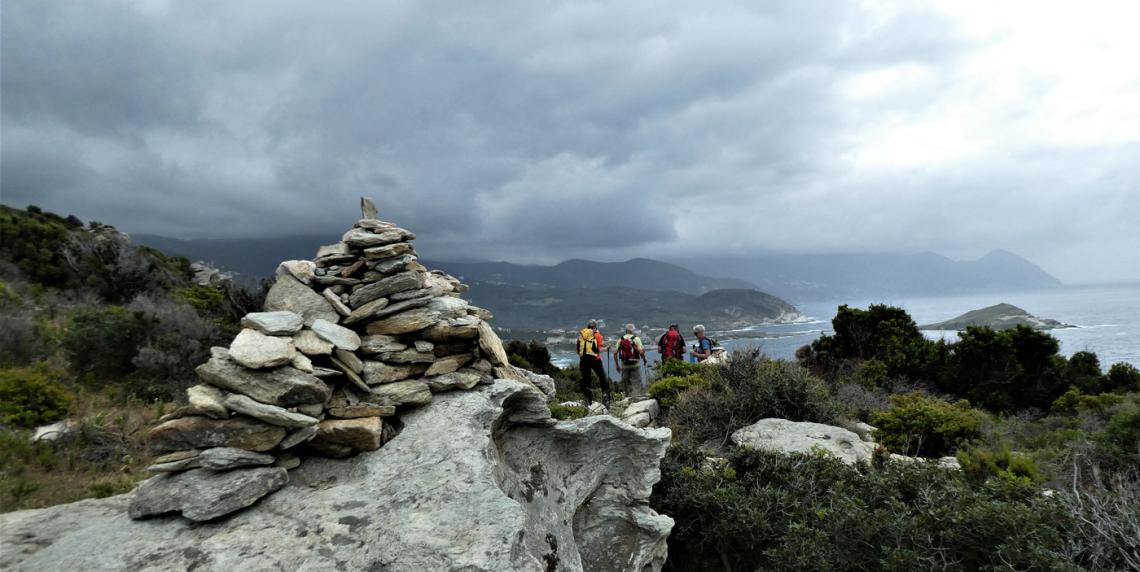

The ban on the use of fire until 24 February 2020 made no difference, with almost 110 fire-fighters mobilised to battle the flames at Pietracorbara in Cap Corse. With winds reaching 219km/h, 70 hectares were affected. Because the terrain was more rocky than wooded, the fire was eventually contained.
This was not the case at Bavella, where the massive presence of trees and the difficulty of access to the mountainous terrain meant that the fire-fighters were unable to save the 1,500 hectares that went up in smoke.
But what is happening in Corsica? This Mediterranean island that is usually so calm and radiant: are we heading for the end of an idyllic paradise?
This is what Stéphane Usciati and Patrick Rebillout - Director of Météo France Ajaccio - tried to clarify in an interview broadcast on FR3 Corse Via Stella.
As far as the Ciara storm is concerned, for example, it's worth pointing out that it only affected a few micro regions and not the whole island. In fact, the Ajaccio region, which was under orange alert, was only slightly affected compared with more exposed areas such as Cap Corse and the far south.
On this subject, Patrick Rebillout adds that this is the 17th storm recorded in the last three years; 216 have been recorded since 1980. And among the 20 biggest storms of the last two decades, they have been more frequent over the last three years: one in 2017, five in 2018 and two in 2019.
